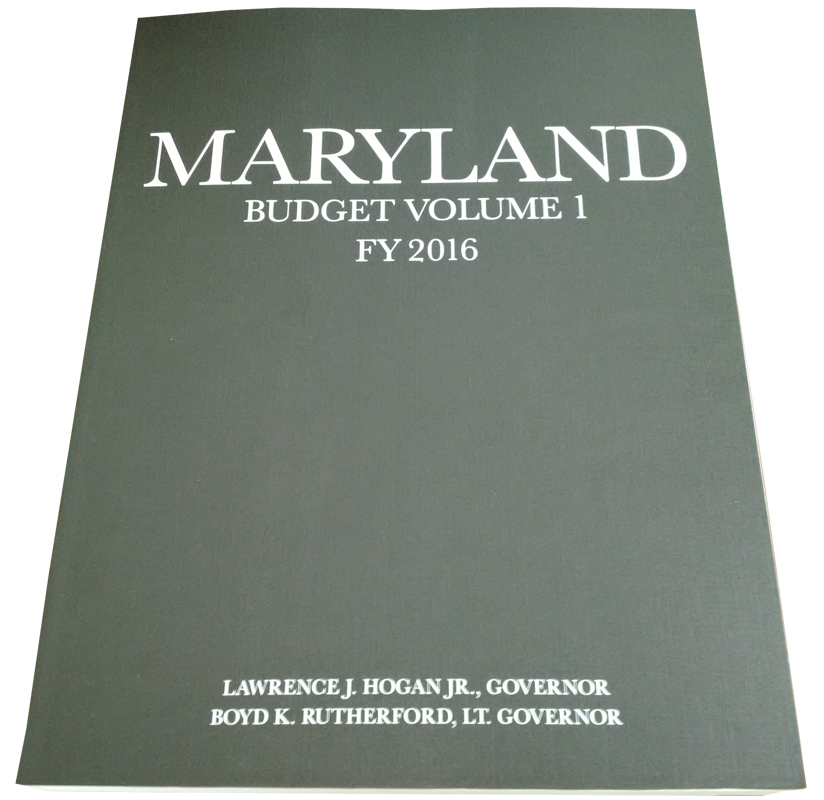
Fixes For The Long Haul
How Governor Hogan and the General Assembly Can Balance and Reform the Maryland Budget
The budget shortfalls that the State of Maryland has wrestled with for much of the last decade are structural in nature. They are not due simply to the unavoidable reality of business cycles, nor can they be explained away by the recession. Rather, they could have been substantially avoided if better budgetary restraint had been practiced by Maryland lawmakers.
An early warning sign should have been that government spending grew faster than the economy over the past decade. State spending between 2006 and 2014 grew by 41 percent while personal income in Maryland grew by 26 percent.[1] If general fund spending had grown only at the rate of personal income, Maryland’s budget woes would not exist today and the state might even have a small surplus.
It’s a classic case of government “overeating” during boom times—increasing spending and taking on commitments for future spending as if the good times will never end. But the business cycle has both an up period and a down period, and when the inevitable recession occurs, government finds it difficult and painful to tighten its belt. Thus, it’s vitally important that budget fixes enacted over the next few years do more than correct Maryland’s budget imbalances in the short term; they must make important structural reforms to the budget process so as to avoid imbalances over the long term. The reforms must restrain the governor and General Assembly from going on another spending and commitment bender in the next economic upcycle, only to be caught in more budget woes in the next downcycle.
[1] Department of Legislative Services. “State Expenditures: Total and Adjusted for Reserve Fund Transfers.” State of Maryland. February 2015. Tables 1–3. http://dls.state.md.us/data/bud/bud_opebud/bud_opebud_buddat/Budget-Growth.pdf





